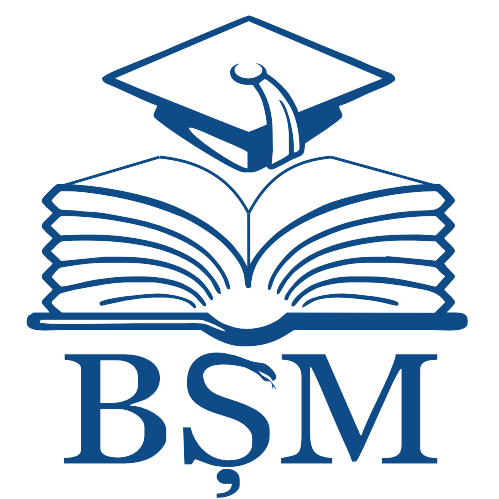|
|
- IRMS - Nicolae Testemitanu SUMPh
- 1. COLECȚIA INSTITUȚIONALĂ
- MATERIALE ALE CONFERINȚELOR ȘTIINȚIFICE
- Conferinţa anuală a Oftalmologilor: carte de abstracte, 26-27 septembrie 2025, Chişinău
- Conferinţa anuală a Oftalmologilor: carte de abstracte, 26-27 septembrie 2025, Chişinău
Please use this identifier to cite or link to this item:
http://hdl.handle.net/20.500.12710/31336
| Title: | Refractive and biometric outcomes with aspheric vs. EDOF contact lenses in pediatric myopia control: a 12-month randomized trial |
| Authors: | Pena-Verdeal, Hugo
Noya-Padin, Veronica
Nores-Palmas, Noelia
Giraldez, Maria J.
Yebra-Pimentel, Eva |
| Issue Date: | 2025 |
| Publisher: | Asociația de Contactologie şi Afecțiuni ale Suprafeței Oculare din Republica Moldova, Asociația Oftalmologilor din Moldova, Universitatea de Stat de Medicină şi Farmacie "Nicolae Testemițanu |
| Citation: | PENA-VERDEAL, Hugo; Veronica NOYA-PADIN; Noelia NORES-PALMAS; Maria J. GIRALDEZ și Eva YEBRA-PIMENTEL. Refractive and biometric outcomes with aspheric vs. EDOF contact lenses in pediatric myopia control: a 12-month randomized trial. In: Conferinţa anuală a Oftalmologilor: carte de abstracte, 26-27 septembrie 2025. Chişinău, 2025, p. 14. ISBN 978-9975-82-436-1. |
| Abstract: | Introduction/Objectives: Myopia, a refractive error linked to childhood axial elongation,
causes blurred distance vision. As prevalence rises globally, interventions are needed to
control progression while preserving the emmetropization. This study evaluated the impact
of three soft contact lens designs (two aspheric multifocal, one extended depth-of-focus
[EDOF]) on refractive and biometric parameters, and their effectiveness in controlling
myopia progression over 12 months.
Materials and Methods: A double-blind randomized trial involved 36 children aged 7-13
years, equally allocated into three groups: two using different aspheric multifocal lenses
(Groups I and II) and one using an EDOF design (Group III). Evaluations were at baseline
(M0), 6 months (M6), and 12 months (M12). Spherical Equivalent Refraction (SER), corneal
curvature (K1 and K2), axial length (AL) and white-to-white (WTW) distance were
measured with an open-field autorefractometer (NVISION-K 5001) and an optical biometer
(Topcon MYAH).
Results: All lens designs showed significant myopia progression over 12 months based on
SER and AL (ANOVA or Friedman: both p<0.001), but changes stayed below literature
thresholds (one-sample t-test, all p≤0.028). K1 was stable in Groups I and II (ANOVA, both
p≥0.147), but flattened significantly in Group III between M0 vs. M6 and M12 (Bonferroni,
p≤0.017). K2 was stable in Groups I and III (ANOVA, both p≥0.077), but steepened in Group
II from M0 to M12 (Bonferroni, p≤0.002). WTW increased significantly in all groups
(Bonferroni, all p≤0.036).
Conclusions: Despite longitudinal changes in refractive and biometric parameters, all three
lens designs effectively slowed myopia progression over 12 months compared to literature
thresholds. |
| metadata.dc.relation.ispartof: | Conferința anuală a oftalmologilor, 26-27 septembrie 2025, Chişinău |
| URI: | https://repository.usmf.md/handle/20.500.12710/31336 |
| ISBN: | 978-9975-82-436-1 |
| Appears in Collections: | Conferinţa anuală a Oftalmologilor: carte de abstracte, 26-27 septembrie 2025, Chişinău
|
Items in DSpace are protected by copyright, with all rights reserved, unless otherwise indicated.
|


